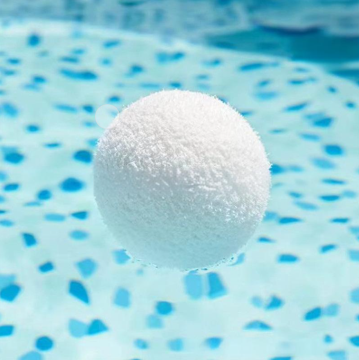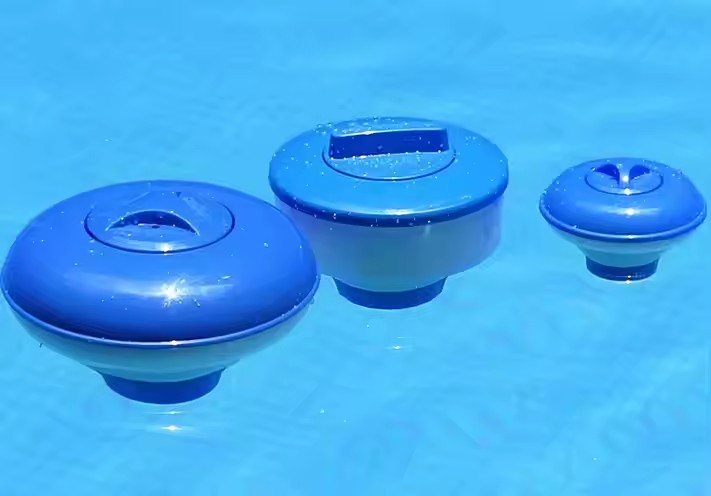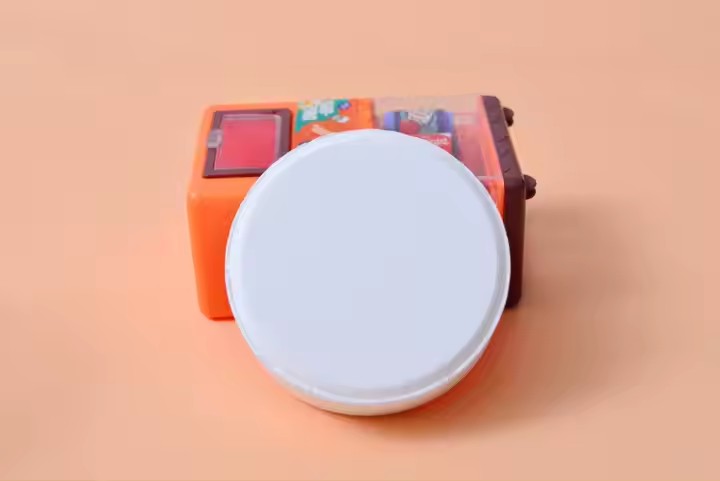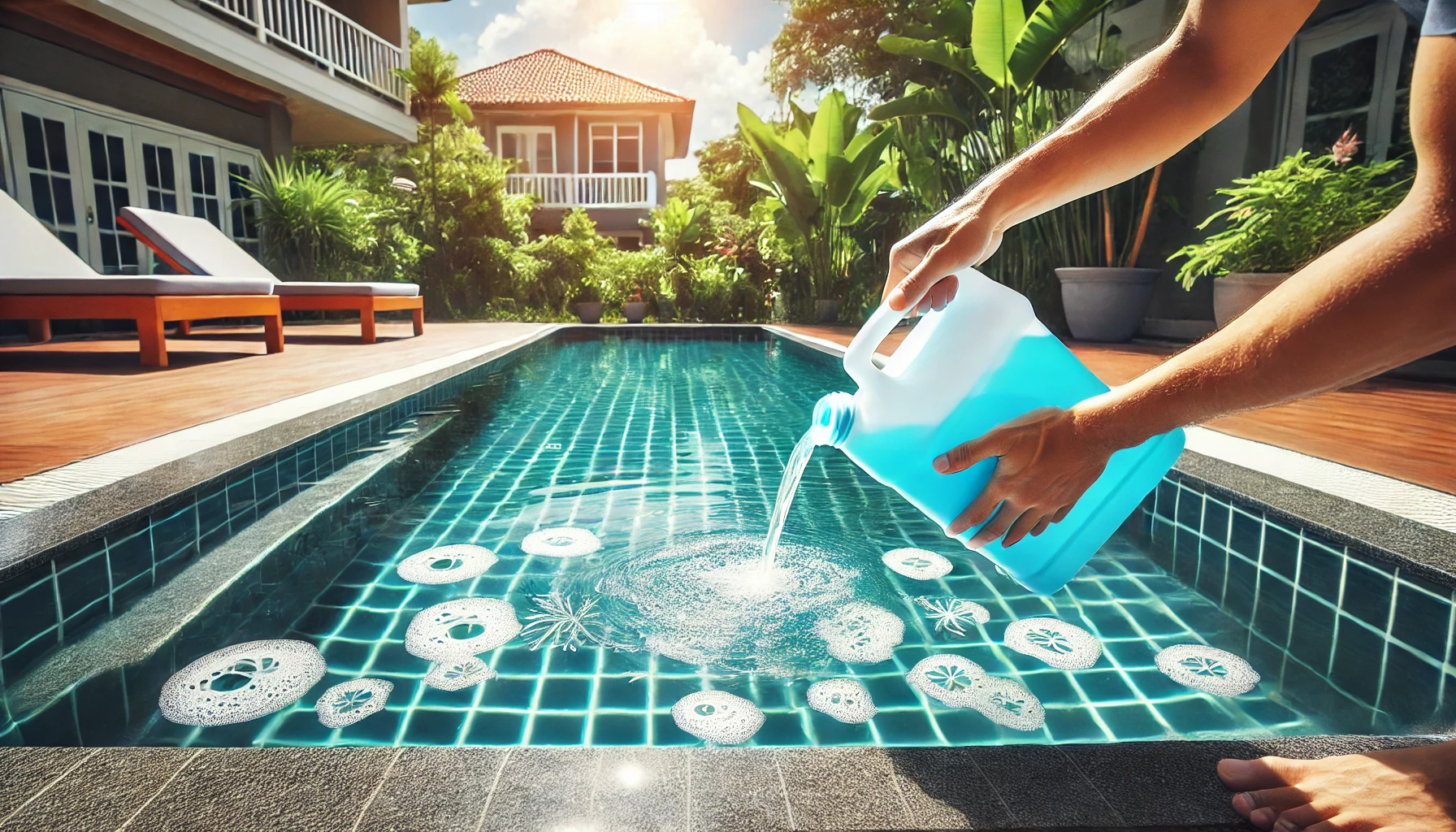Maintaining a sand filters is crucial for keeping your pool clean. Over time, your sand filter can become less effective. Recognizing the warning signs can help prevent larger problems. Here, we will explore the key indicators that your sand filter may need maintenance and what actions you should take.
I. Reduced Water Clarity
When your pool water becomes cloudy, it’s often due to filter issues. A properly functioning sand filter should trap debris and particles. If you notice that the water looks murky, it could mean the filter is clogged. The tiny particles pass through the sand, affecting the pool’s appearance. Regular backwashing may help, but it’s crucial to monitor how often this happens. Frequent cloudiness is a clear signal that your sand filter needs maintenance.
II. Increased Pump Pressure

One of the first signs of a sand filter needing maintenance is rising pump pressure. When the filter gets clogged, the pump works harder to push water through. You can check the pressure gauge attached to the filter system. If the pressure is 8-10 PSI higher than usual, it’s time for action. This pressure buildup indicates that the filter is not allowing water to pass freely. Regularly check the gauge to ensure everything is running smoothly.
III. Slow Water Flow
If you notice the water flow decreasing, your sand filter might be clogged. Reduced flow usually means that debris is blocking the filter. This can happen gradually, but the pool pump will struggle more over time. The reduced water flow leads to ineffective filtering, meaning more particles stay in the pool. If the flow doesn’t improve after backwashing, further maintenance may be needed.
IV. Backwashing More Frequently
Normally, you should backwash a sand filter every few weeks. However, if you find yourself doing it more often, it’s a sign of trouble. Frequent backwashing suggests that the filter is clogged more frequently than normal. It may also mean that the sand filter is losing its efficiency. When this happens, you might consider cleaning or replacing the sand.
V. Filter Sand Leaking into the Pool
Another clear sign that your sand filter needs attention is sand in the pool. If you notice sand particles settling at the bottom of the pool, there’s a problem. This usually means the internal components of the sand filter are damaged. A cracked lateral or broken standpipe may allow sand to escape. In such cases, repairing or replacing the damaged parts is necessary to prevent further issues.
VI. Dirty or Contaminated Filter Balls
If you’re using sand filter balls, they can also show signs of wear. These lightweight alternatives to sand can get clogged or contaminated. When you notice they look dirty or are not filtering effectively, it’s time to clean or replace them. Sand filter balls last longer than traditional sand but still require occasional maintenance.
VII. Ineffective Filtering
If debris is visible in the pool, your sand filter is likely underperforming. Whether you use sand filter balls or standard sand, the filter should trap fine particles. Large amounts of debris in the water indicate a failure in the filtration process. This could result from sand that’s too old or from a clogged system. In some cases, it may even require replacing the filtering media.
VIII. Foul Pool Odor

A strong odor from your pool may suggest your sand filter isn’t cleaning properly. This smell is often due to organic matter like algae or bacteria not being filtered out. A sand filter in good condition should help keep the water fresh and clean. When bad odors persist, it’s time to inspect and clean the filter. You may also want to check the chemical balance of the pool.
IX. Inconsistent Pool Cleaning Results
If parts of your pool remain dirty despite regular filtration, your sand filter may not be working evenly. Some areas may have good water flow, while others don’t. This could mean that the filter is clogged, or the sand is not distributing water evenly. Regular cleaning and filter checks can prevent this from becoming a bigger problem.
X. Pool Filter Lifespan
The average lifespan of a sand filter is around 5-7 years. After this period, it may not filter water as effectively. Even if you don’t see obvious warning signs, consider replacing the sand or sand filter balls after a few years of use. Doing this as part of your routine maintenance ensures the pool’s filtration remains effective.
XI. Cleaning or Replacing the Sand Filter
When these warning signs appear, the solution often involves cleaning or replacing the sand in the filter. Over time, sand becomes compacted and loses its ability to trap fine particles. If backwashing no longer solves the problem, it’s time to change the sand. Alternatively, if you’re using sand filter balls, consider washing or replacing them. Replacing the filter media improves the overall efficiency of your pool system.
XII. Conclusion
Proper maintenance of your sand filter is essential to a clean pool. By paying attention to these warning signs, you can identify when your filter needs maintenance. Regularly monitor water clarity, pressure levels, and the overall performance of the filter. Whether you use traditional sand or sand filter balls, timely maintenance helps avoid costly repairs and keeps your pool safe and clean.


